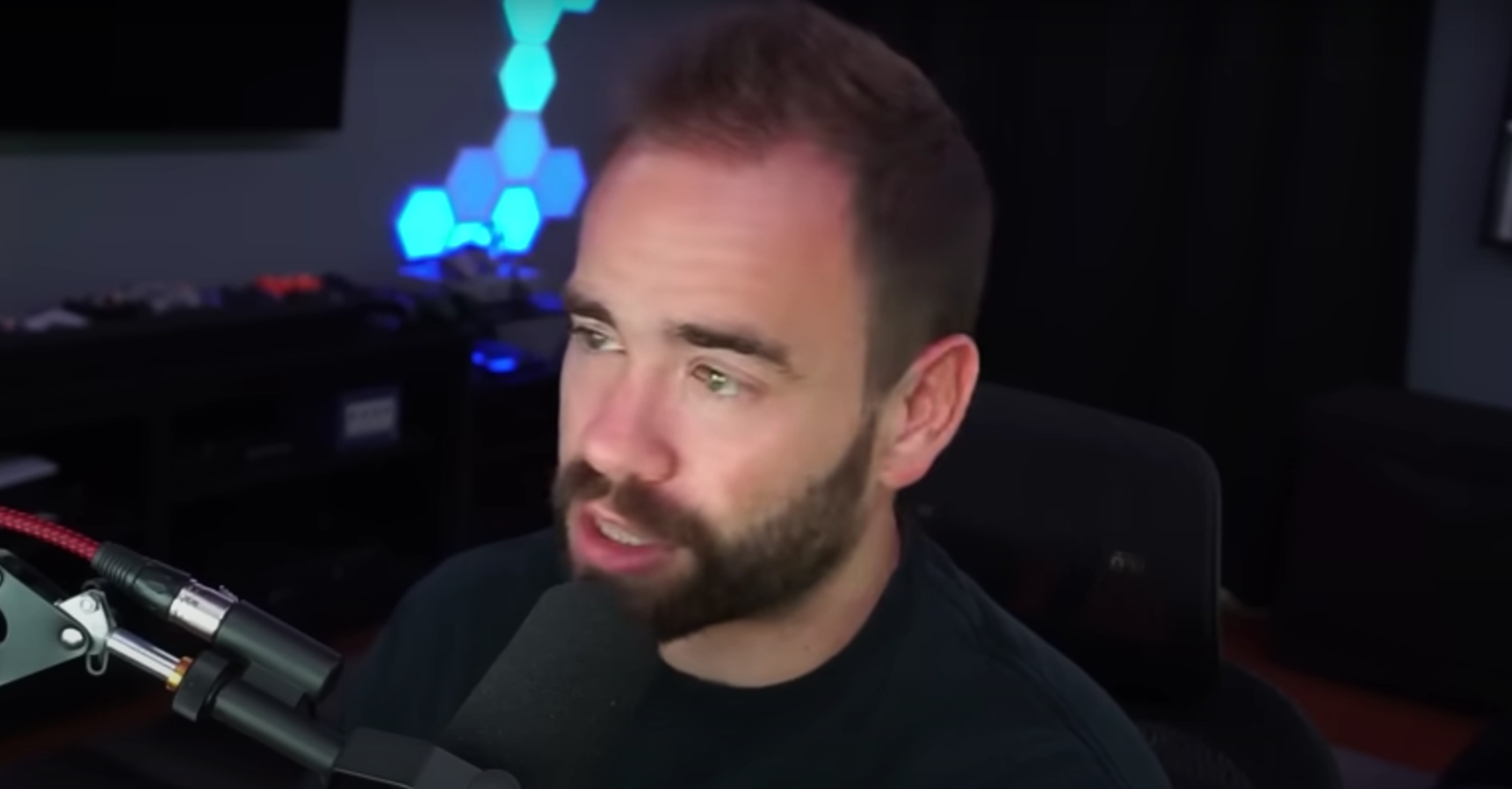The Nintendo Switch 2 has arrived, but a recent report discussed in the excellent Spawn Wave video “Are Game Key Cards Already Backfiring On Switch 2?” suggests that third-party game sales during the launch week haven’t met expectations. As someone who watched the video and agrees with its assessment, I believe this raises important questions about the factors influencing this trend.
Key Observations from the Spawn Wave Video
- Third-Party Concerns: The video highlights that despite strong initial sales of the Switch 2 hardware, third-party publishers are reporting lower-than-anticipated sales for their games on the new console. This is definitely a point of concern for the long-term health of the Switch 2’s game library.
- Comparison to the Original Switch:
- In the US, first-party Nintendo titles accounted for 62% of physical game sales during the Switch 2’s launch week, excluding the Mario Kart World bundle.
- In the UK, this figure was 48% (excluding the Mario Kart World bundle) but jumped to 86% when the bundle was included.
- For comparison, 89% of physical game sales for the original Switch launch in the UK were first-party, largely driven by the monumental success of The Legend of Zelda: Breath of the Wild. This shows a clear pattern of Nintendo’s own games dominating the early sales charts.
- Potential Reasons for Lower Third-Party Sales
- Game Key Cards: The video correctly emphasizes the controversy surrounding the use of “game key cards,” which require a download, as opposed to traditional physical cartridges. Like Spawn Wave, I believe many consumers are hesitant to purchase these, especially given concerns about storage space and the feeling of not truly “owning” the game.
- Lack of Early Reviews: Nintendo’s decision not to send out Switch 2 units to media before launch was a mistake. It meant that there were no early reviews for third-party games, potentially impacting consumer purchasing decisions. Gamers are less likely to take a chance on a new game without knowing if it’s any good.
- Backwards Compatibility: The Switch 2’s ability to play Switch 1 games, while a great feature for consumers, may have inadvertently led some to play their existing library instead of buying new third-party titles.
- Older Ports: Many third-party launch titles were older games already available on other platforms, reducing their appeal to some consumers. Why pay full price for a game you can get cheaper elsewhere?
- Cost: The Switch 2 is Nintendo’s most expensive console to date. The high cost of the console and accessories likely limited consumers’ budgets for additional games, especially with the tempting Mario Kart World bundle available.
The Big Question: Are Game Key Cards to Blame?
As the Spawn Wave video points out, it’s still too early to definitively say whether game key cards are “backfiring” on the Switch 2. More data, especially from the release of highly anticipated third-party exclusives that utilize game key cards, is needed to determine their true impact. You can watch the full discussion in their video here.
Conclusions
The launch of the Nintendo Switch 2 has been met with excitement, but the performance of third-party game sales raises some interesting questions and concerns. While it’s too early to draw firm conclusions, factors like the use of game key cards, the availability of older ports, and the overall cost of the system may be playing a role. I, like Spawn Wave, will be watching this situation closely to see how it evolves. @SpawnWave #SpawnWave
